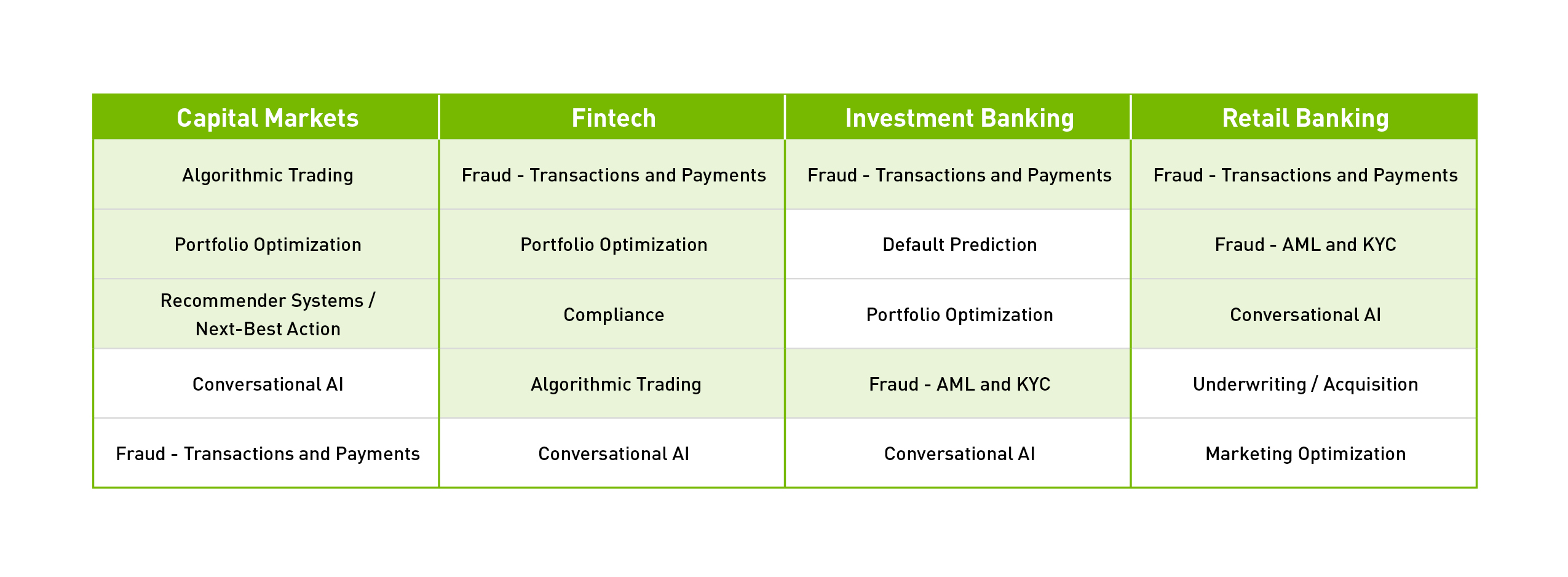Regulation vs Collaboration: How to encourage innovation in financial services

The financial services industry is facing a time of considerable change. During the pandemic, financial services organisations were forced to become digital entities virtually overnight. The acceleration of initiatives has led to significant questions about how best to encourage innovation within the industry while protecting consumers and promoting financial inclusion.
by Hans Tesselaar, Executive Director at BIAN
Enter the proposed Financial Services and Markets Bill, introduced by the UK government to drive innovation across the financial services industry, focused on supporting consumers through digital change. The bill is to replace existing EU regulations following Brexit, aiming to support the UK government’s vision for an “open, green and technologically advanced sector that is globally competitive”.
While introducing the bill is a significant step forward for bringing financial services front-and-centre in the UK, how does regulation support innovation in practice?
A balancing act
The Financial Services and Markets Bill aims to harness the opportunities of innovative technologies in financial services while bolstering the competitiveness of UK markets and promoting the effective use of capital. Banks need to remember, however, that when looking to adopt new technology and innovate, the needs of all consumers must be considered.
As banks accelerate digital transformation initiatives, consumers who prefer more traditional and manual banking methods, such as banking at branches and cash payments, can easily be forgotten. A recent ruling from the FCA means that banks and building societies need to assess the impact of changes to their services. This comes after the FCA warned that the industry is “not currently doing enough to properly understand the impact of these changes”. The regulator can now issue fines to banks that don’t consider access to cash and branches.
The introduction of new legislation and guidance from the regulator is promising but the industry must strike a balancing act to transform for the future while also ensuring it is catering to all consumers, no matter their preferences.
Risk and reward
There is also a commercial motivation for introducing the Bill. The government wants to make the UK the financial, technological and crypto hub of the world, following in the footsteps of the US and moving away from the EU.
One way it plans to achieve this is to implement the outcomes of the Future Regulatory Framework (FRF) Review created to reflect the UK’s new position outside the EU. The risk is that the UK could isolate itself from its close neighbours. There is a wealth of industry surrounding the UK, and independent regulations could cause leading European Banks to look for business elsewhere due to the proposed red tape, stunting innovation.
On the other hand, countries such as Canada and Australia look to the UK as an example and becoming more connected with them could open new possibilities. Instead of concentrating solely on the UK, the value of the Bill to the industry would increase if the government looked to connect and encourage more business with different markets – and then the UK will start to reap the rewards.
The value of collaboration
As a result of this opportunity, collaboration should be a focus to encourage innovation across the globe. To achieve this, banks need to overcome issues surrounding interoperability and a lack of industry standards. FS organisations must be equipped with the technology that allows them to introduce innovative solutions at speed.
A coreless banking approach, for example, empowers banks to select software vendors needed to obtain the best-of-breed for each application area without worrying about interoperability. Banks will also not be constrained to those service providers who operate within their technical language or messaging model because they will use one standard message model.
This ensures that each solution can seamlessly connect and exchange data, from FinTech’s to traditional banks to technology providers. It also means that organisations can communicate effectively on a global scale, removing barriers to growth and supporting international and national regulations, such as the Financial Services and Markets Bill.
An opportunity for growth
As digital adoption becomes more widespread, having access to the latest technologies that support consumers and banks alike is essential to the future of the industry. A more connected and seamless industry will undoubtedly deliver value, and although regulation is the foundation of the industry, collaboration and a consistent focus on the needs of every customer are the keys to unlocking the future.











